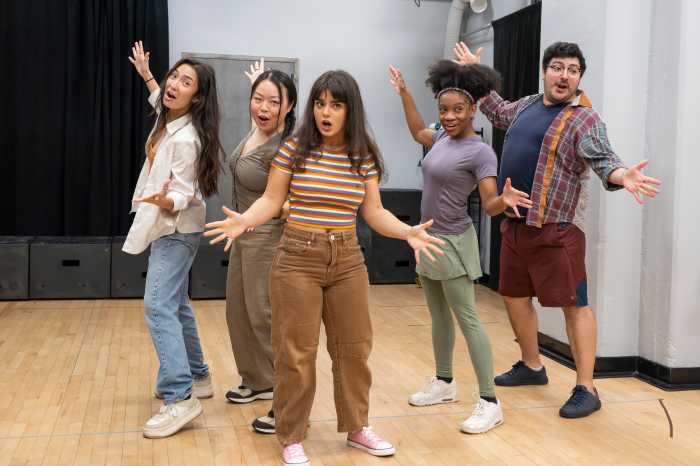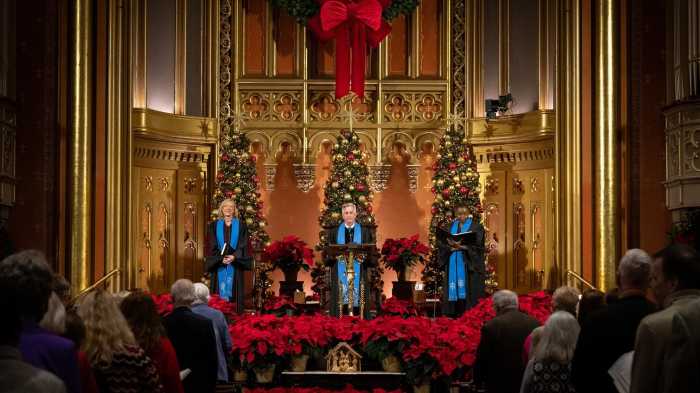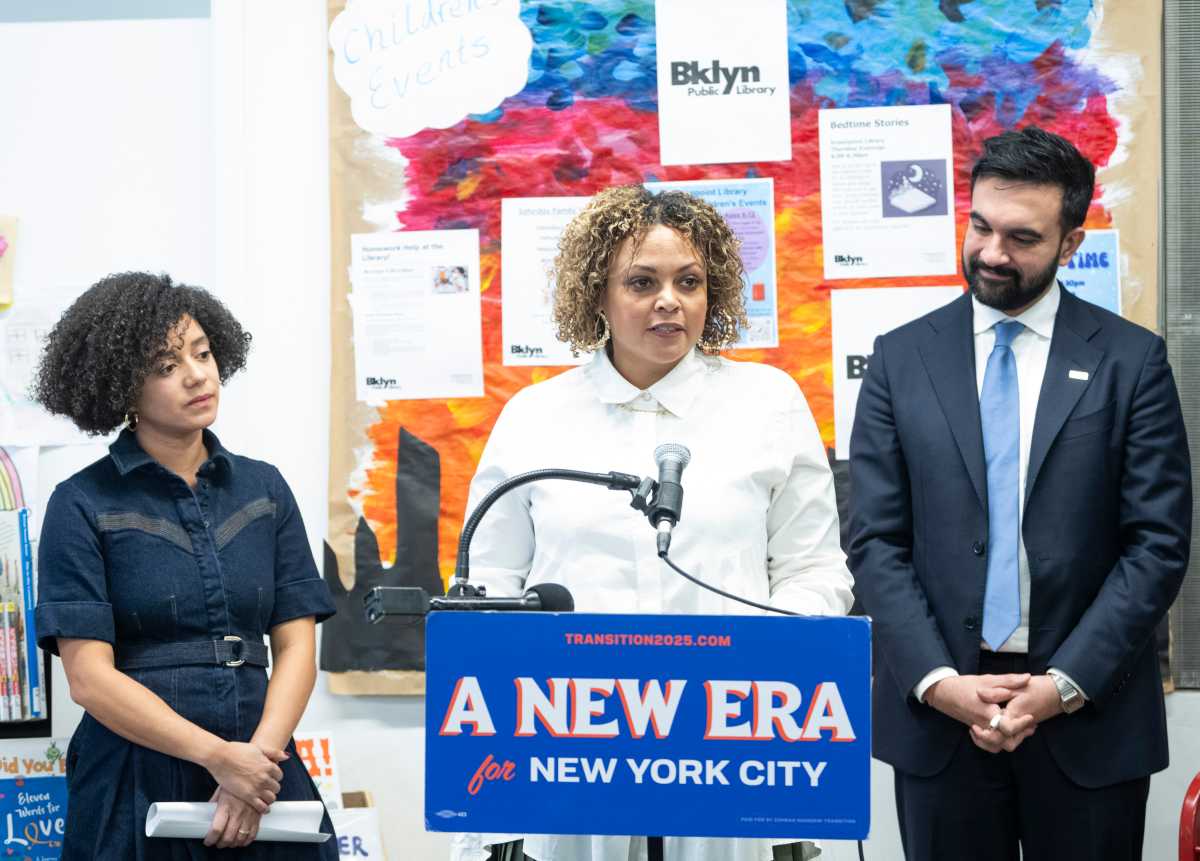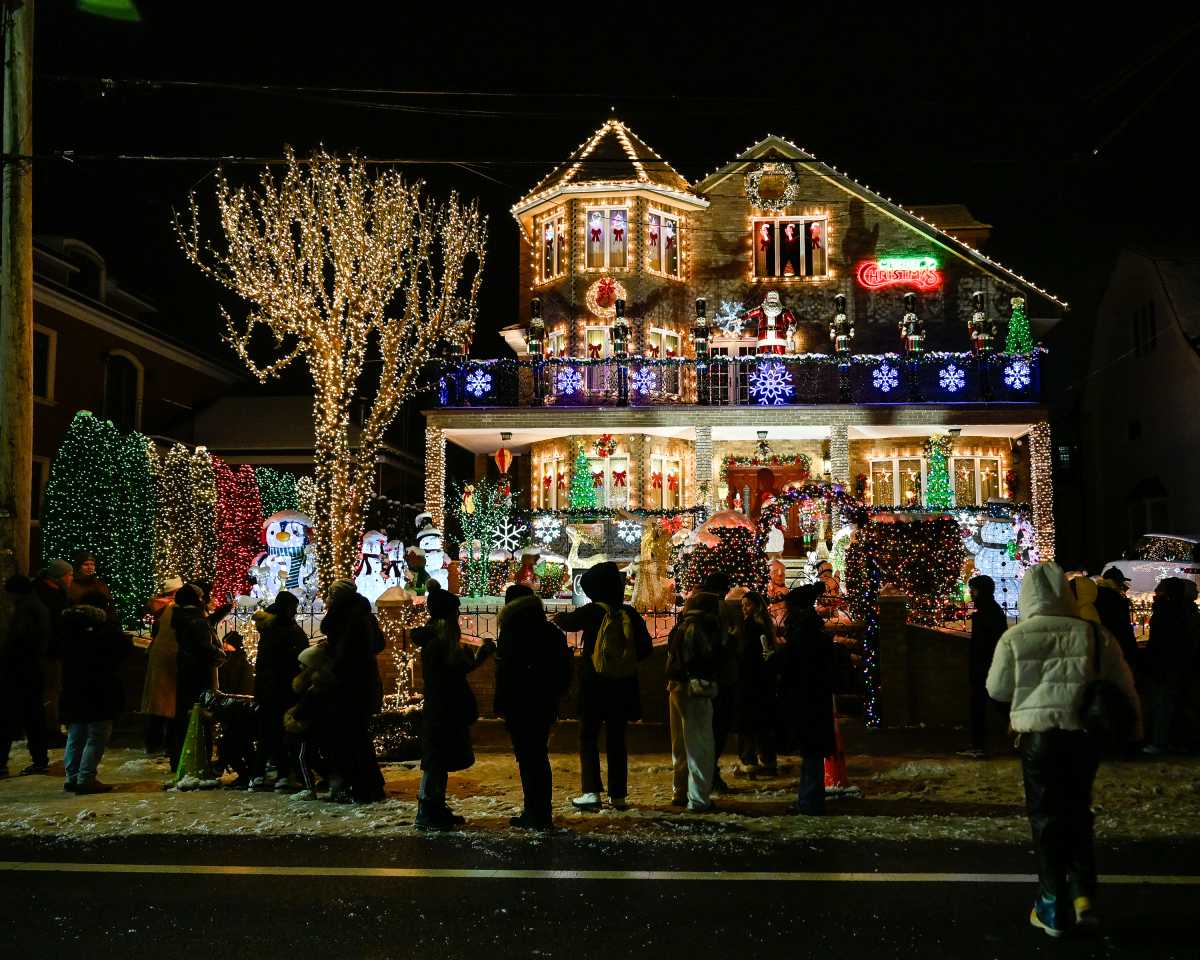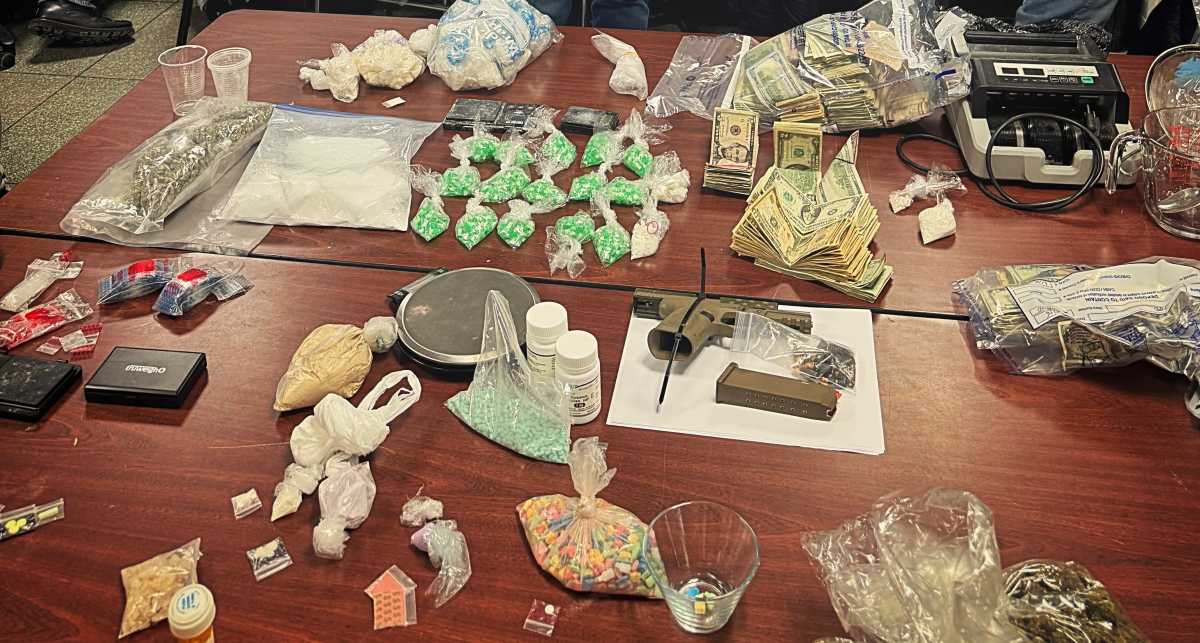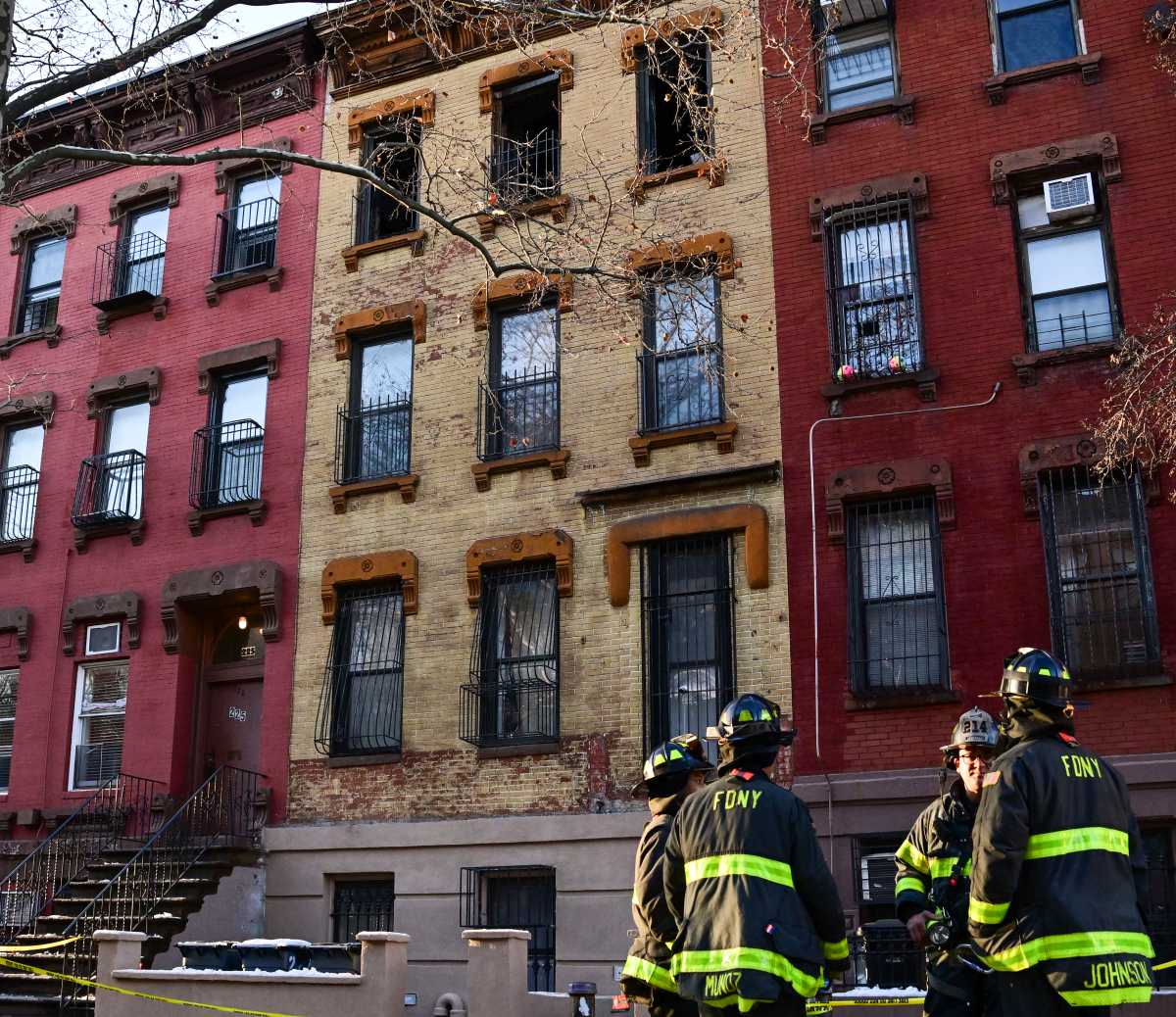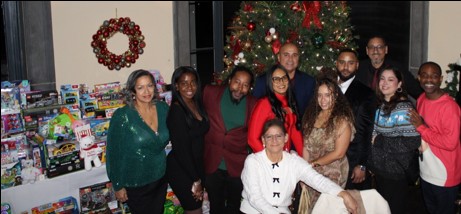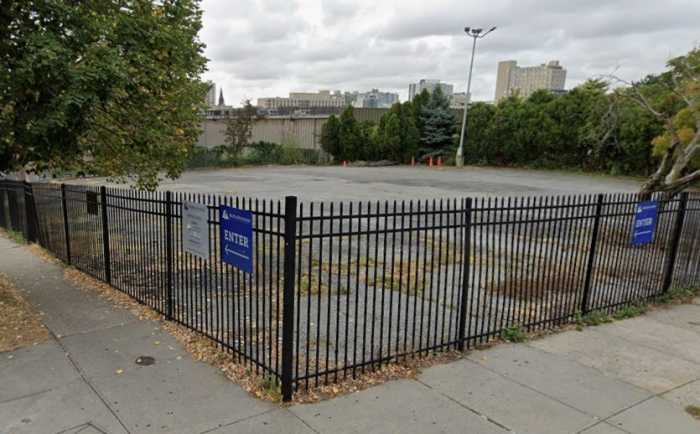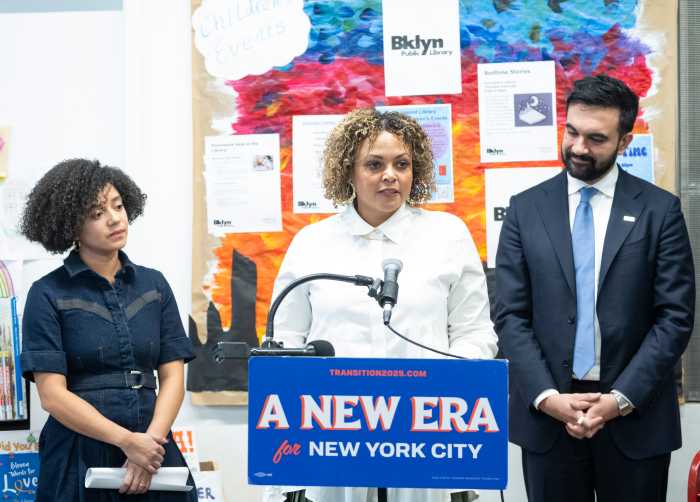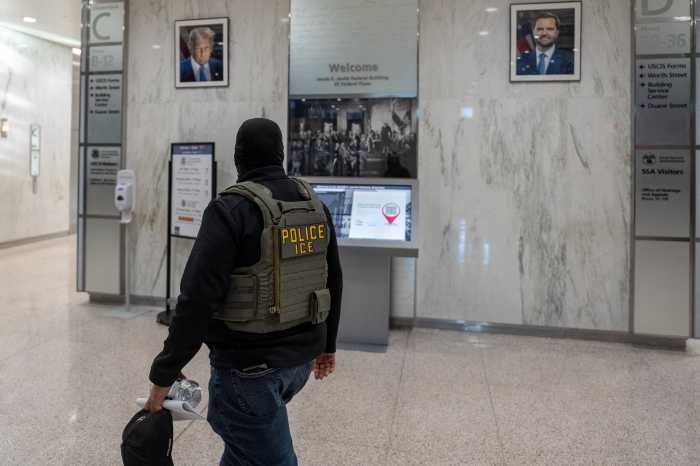The MTA announced on Monday that it collected $51.9 million in revenue from congestion pricing during the month of February. This is the second month of revenue data since the agency launched the Manhattan toll program on Jan. 5.
The revenue comes from tolls collected in the Congestion Relief Zone (CRZ), located south of 61st Street, between Feb. 1-28. It is about $3 million more than January’s revenue, which was $48.6 million. Combined, the program raised $100.5 million in its first two months.
The MTA said the money will be used to help leverage funding for various capital transportation improvements, including modern signal systems on select train lines, accessibility upgrades, hundreds of new electric buses and an array of structural repairs and power system improvements.
The announcement continues the MTA’s streak of remaining aligned with budget projections. The agency initially estimated to raise around $500 million from congestion pricing in a year.
“Once again, the extensive studies done are proving to be reliable as we close the second month of the program with revenue in line with projections,” MTA co-Chief Financial Officer Jai Patel said. “The program continues to reduce traffic while generating projected funds for critical transit projects.”
What kinds of vehicles provided the funding?
The breakdown of the total $51.9 million includes tolls collected from drivers of various vehicles:
• 24% from taxis and for-hire vehicles
• 66% from passenger vehicles
• 9% from trucks
• 1% from buses and motorcycles
Although toll rates vary by vehicle type, Patel added that 95% of the revenue was collected during the program’s peak tolling hours, which are 5 a.m. to 9 p.m. on weekdays; and 9 a.m. to 9 p.m. on weekends.
Although congestion pricing has seen marked successes since its controversial launch, including less traffic over major throughways into the tolling zone, more subway riders and economic benefits for various industries in the city, the future of the program is still uncertain.
Gov. Kathy Hochul and the MTA took immediate legal action on Feb. 19, halting, at least temporarily, President Donald Trump’s administration’s move to end the program.

Since then, the President’s administration has made other threats to congestion pricing, including U.S. Secretary of Transportation Sean Duffy’s X post last week in which he “provides New York with a 30-day extension” on congestion pricing as discussions continue.
It is unclear just how legally binding an X post could be, or if the Trump administration has any leverage to stop congestion pricing at all.
In the meantime, the governor and MTA have maintained that the congestion pricing tolling cameras will continue to stay on in Manhattan.
More information about congestion pricing can be found online at mta.info.













